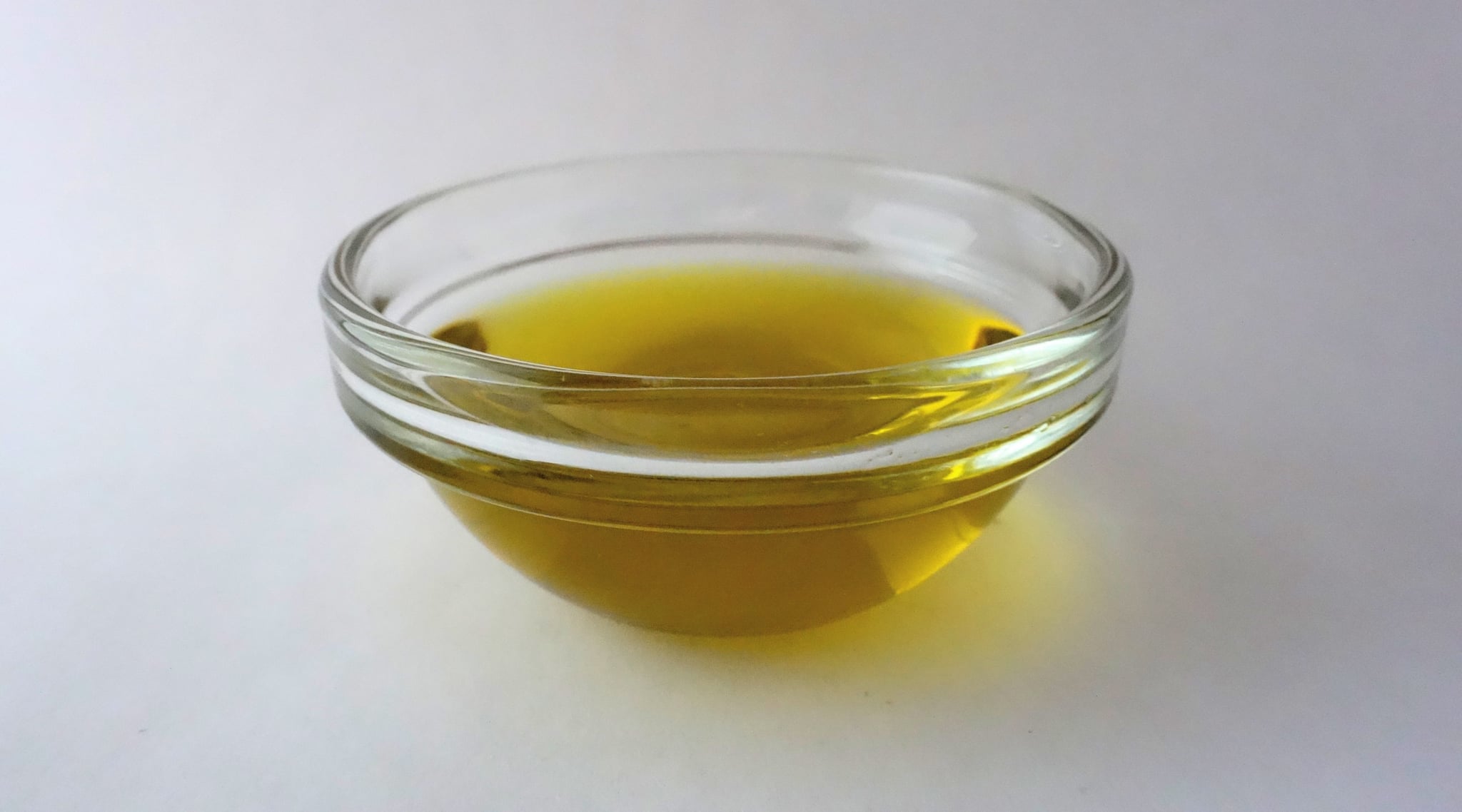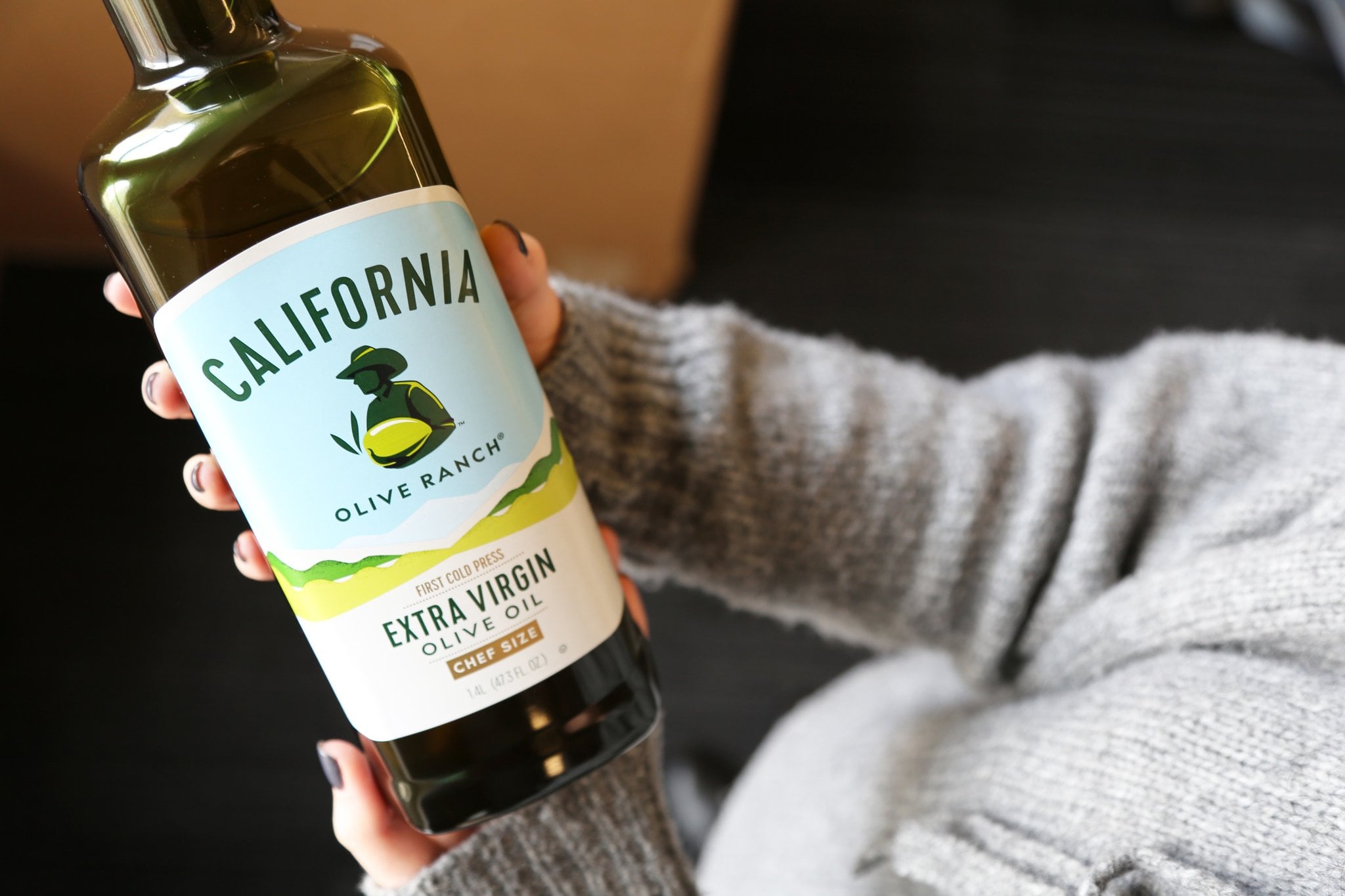You May Be Buying “Fake” Extra-Virgin Olive Oil — Here’s How to Stop

As consumers, we have to stay vigilant about the food products we buy.
Take honey: did you know that most bottles, including those labeled as pure honey, arediluted with high-fructose corn syrup? Unfortunately, extra-virgin olive oil is another common grocery item at risk of deceptive labeling.
The news has been filled with reports suggesting we can't blindly trust the extra-virgin olive oil on our store shelves.
Recently,Italy increased its penalties for olive oil counterfeitingafter investigators leaked details of a massive olive oil fraud.
Around7,000 tons of extra-virgin olive oil were labeled 100-percent Italian,
though they included oil from other countries like Syria, Turkey,Morocco, and Tunisia. And you might have caught the60 Minutesinvestigation of olive oil fraudin Italy, which looked into how the mafia helps perpetuate the food crime.Extra-virgin olive oil is made by simply crushing olives and retaining juice.
In order to get that designation, the olive oil must be manually pressed and no chemicals can be used. The oil must also maintain its complex flavor profile.
The unprocessed and unrefined olive oil is called"virgin" because it is the most pure form.In 2010, Researchers at the University of California, Davis,published a devastating studythat
found that 69 percent of imported extra-virginolive oil sold in California was falsely labeled. Dan Flynn, the executive director of theUC Davis Olive Center, explains: "we found that often the quality of the olive oil did not meet extra-virgin standards.
"You may have heard of this study when it was featured in a widely-sharedNew York Timesinfographic about olive oil fraudin 2014.
It's important to note that theNew York Timespiece inaccurately sensationalizedthe study's findings by suggesting that 69 percent of olive oil sold in the US was cut with cheaper oil or doctored with chemicals.
The paper released an extensive correction. Imported olive oil brands also took issue with the fact that the study was funded in part by the California olive oil industry.
What the UC Davis researchersdidfind was that 69 percent of imported olive oil labeled "extra virgin" had been compromised. Issues included samples that were oxidized, adulterated with cheaper refined olive oil, or made from olives that were damaged, overripe, or improperly processed. Some samples had a combination of these problems.
TheTimespiece originally implied that all 69 percent has been adulterated with cheaper oil, which was not the case, but the actual results should cause you concern.
In their summary, the study's authors state that "sensory tests showed that these failed samples had defective flavors such as rancid, fusty, and musty.
"While there are instances ofoutright and sophisticated olive oil fraud, a consumer is more likely to find a bottle with such poor quality that the oil inside does not live up to the extra virgin label.
Maia Hirschbein, oleologist at California Olive Ranch, who points to the UC Davis study, as well as investigations fromConsumer ReportsandtheNational Consumers League.
"If the oil is old, was made from bad olives, or was bottled in clear glass that exposed the oil to light, it can be of poorquality."

You May Be Buying “Fake” Extra-Virgin Olive Oil — Here’s How to Stop
![You May Be Buying “Fake” Extra-Virgin Olive Oil — Here’s How to Stop]() Reviewed by Unknown
on
13:54
Rating:
Reviewed by Unknown
on
13:54
Rating:
No comments: